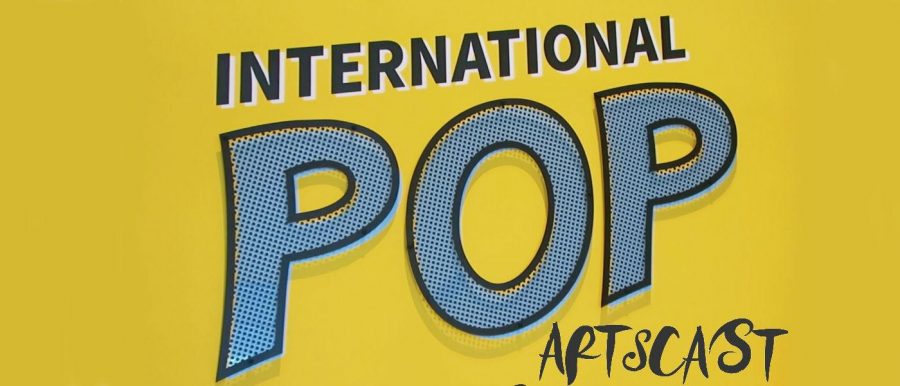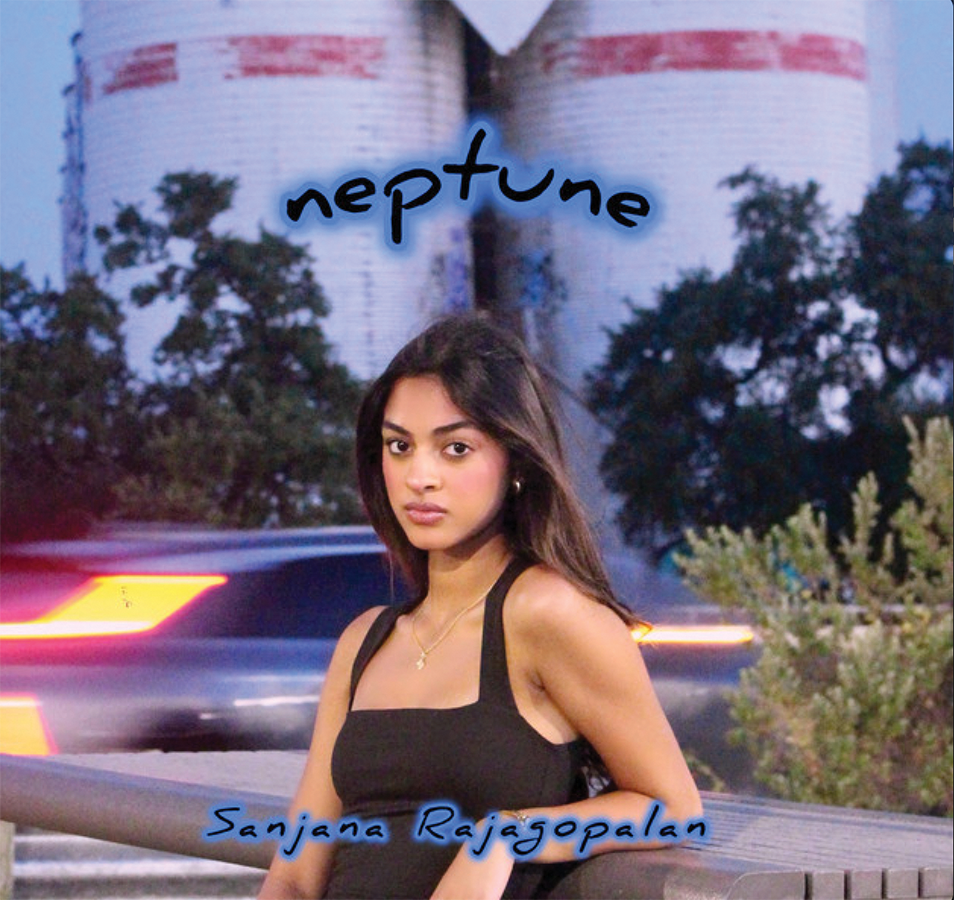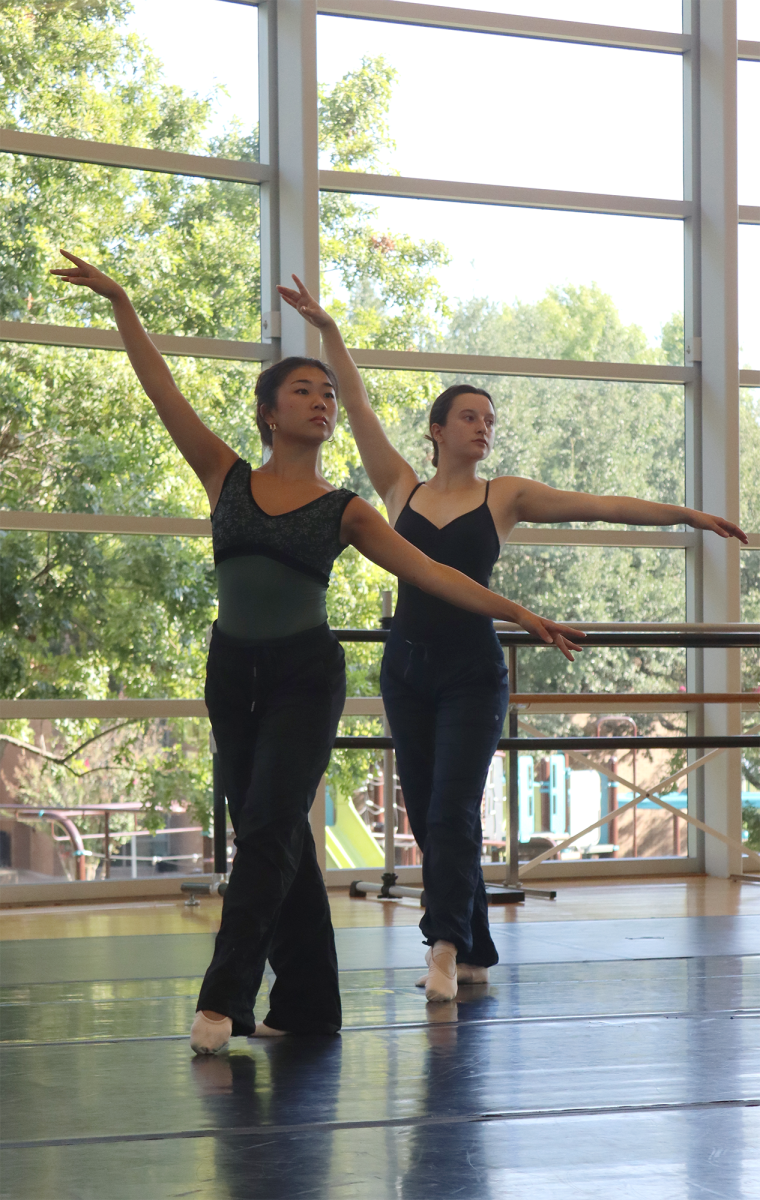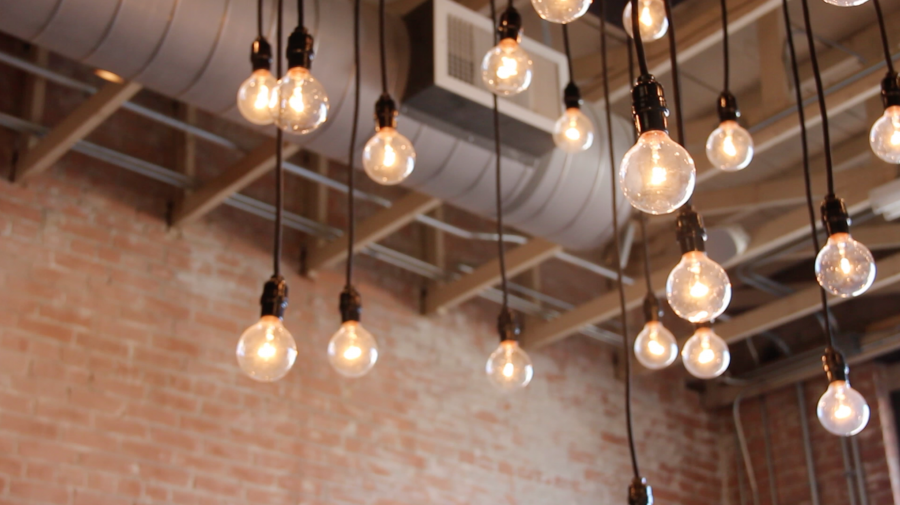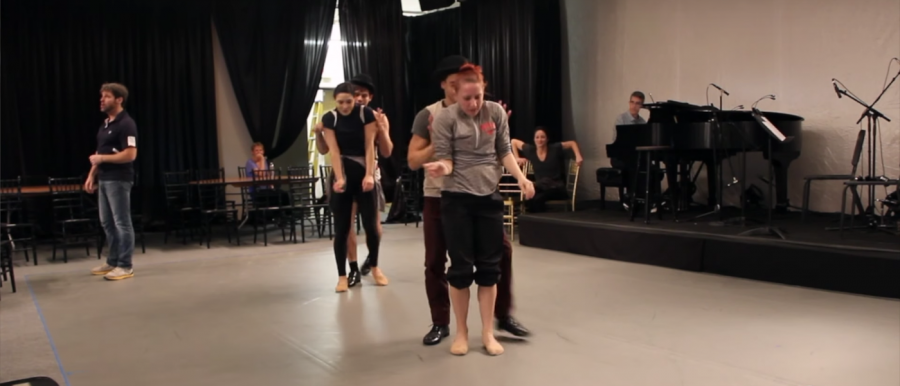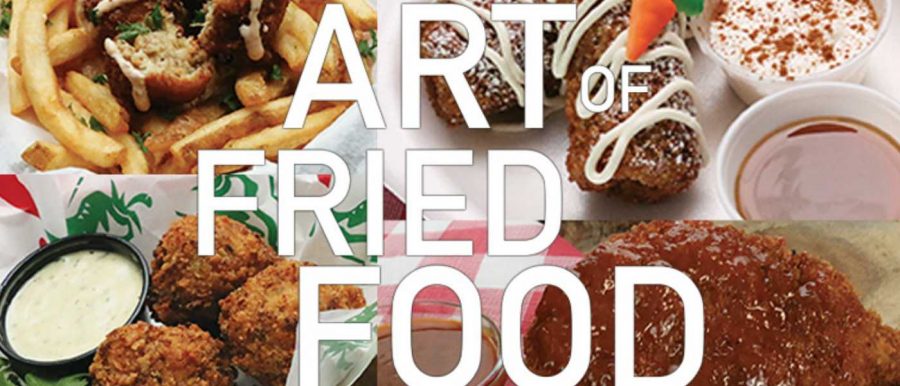The Fourcast’s ArtsCast goes to the Dallas Museum of Art to investigate the relevance of pop art today.
Pop Art is a form of art which imitates elements of popular culture such as comic strips, advertisements and science fiction. Although it can be expressed in a variety of ways, Pop Art is often characterized as artwork that exaggerates colors and shapes and makes the images “pop out” in a sense. It was more than just an American and British movement centered around Andy Warhol’s “The Factory.”
This first homegrown art movement emerged in 1950s America and Britain. It took the world by storm and dominated the art scene during the ‘60s and ‘70s. Known for its implementation of elements of mass media, the Dada-esque, an anti-tradition art movement during the early 20th century, style birthed artists like Andy Warhol, Roy Lichtenstein and Jasper Johns.
After the assassination of JFK, Dallas separated from the pop movement, as the increasingly controversial viewpoint of the art diametrically opposed the newly uber-conservative Dallas. Assistant Curator Gabriel Ritter hopes that this exhibition can bring Pop Art back to the Dallas Community.
The Dallas Museum of Art’s International Pop Exhibition covers the movement’s international scope with 125 works from not just the U.S. and Britain, but from France, Brazil, Argentina, Japan and Germany, to total 13 different countries. Featuring works from artists such as Roy Lichtenstein, Claes Oldenburg and Robert Rauschenberg, the exhibition also features a significant missing link in Dallas’ art history.
This exhibition takes a look at the world’s reaction against traditional painting and its commentary on mass media. The DMA also held an International Pop Late Night event early this month that exhibited an International Pop Artist Panel and a public demonstration of Ushio Shinohara’s (whose art is in the exhibit) “Boxing Painting.”
The International Pop Art Exhibition is open until January 17, 2016.
— Lexie Chu, Kate Clement, Cheryl Hao, & Heidi Kim


